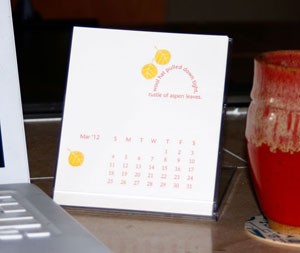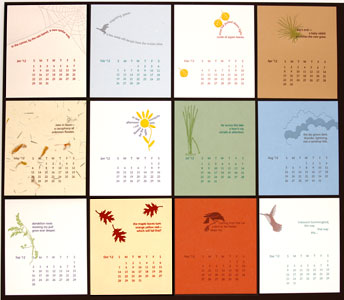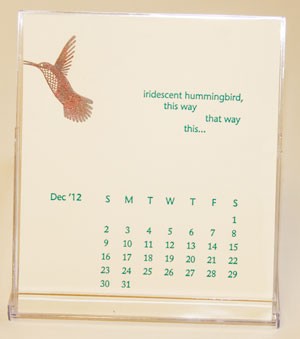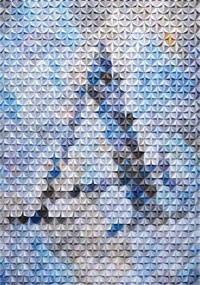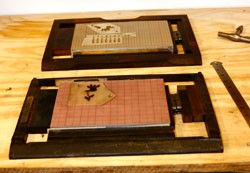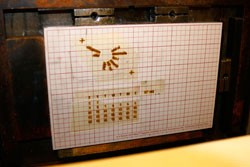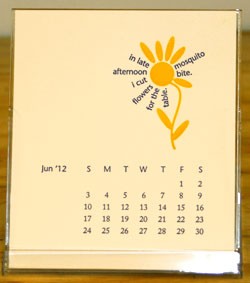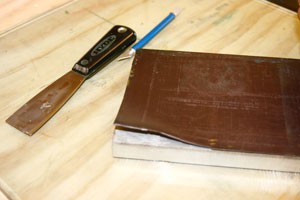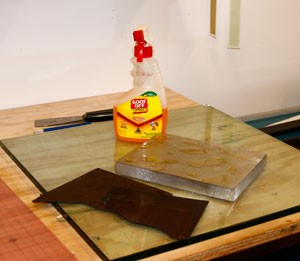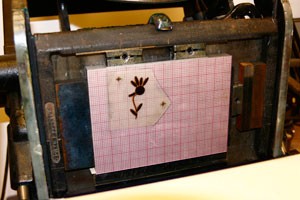 An article on the NPR blog, Hard Choices: Do Libraries Really Destroy Books?, has resulted in a smattering of comments on the Book Arts Listserv recently. The article, by Linda Holmes, starts
An article on the NPR blog, Hard Choices: Do Libraries Really Destroy Books?, has resulted in a smattering of comments on the Book Arts Listserv recently. The article, by Linda Holmes, starts
Yesterday, an Australian blogger named S Peter Davis wrote a piece for Cracked (the surprisingly interesting online offshoot of the old comedy print magazine) called 6 Reasons We’re In Another ‘Book-Burning’ Period In History. It’s not about the destruction of books based on content or community objections; it’s about the destruction of books because libraries (and sometimes bookstores) don’t know what to do with them, or don’t know what to do with them that makes economic sense…
Having recently spent a lot of time thinning out my own belongings, I quite sympathize with libraries. Especially about getting rid of books that are out-of-date. That’s when I happened upon Awful Library Books, a site started by two librarians as
a collection of library holdings that we find amusing and maybe questionable for libraries trying to maintain a current and relevant collection…Our criteria for inclusion of titles are simply anything that amuses us. None of the books presented are particularly awful (okay, maybe some are). These books are just odd, outdated or maybe should be reconsidered under a current interpretation of collection policies.

